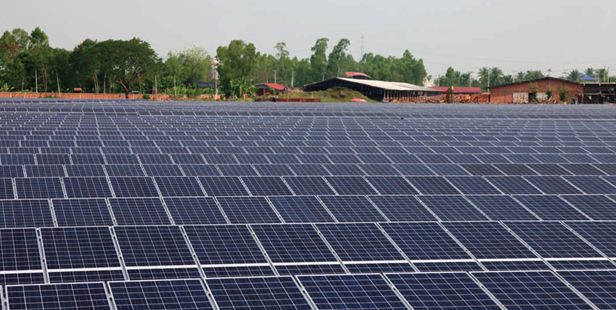

power components such as inverters, DC circuit breakers, and meters.the panel components such as connectors, trackers, and fasteners,.There are basically 2 groups of constituents: However, few if any Chinese providers can provide performance statistics to support these assertions in the past. According to claims made by many providers, solar modules will produce between 90% and 95% of their capacity within the first ten years and between 80% and 85% in the next 15 years. Nevertheless, the estimate includes efficiency loss (input vs. The majority of Chinese producers provide a 25-year guarantee. Cable capacity Brand and connector 44 (stand-alone components must also comply with product safety regulations)įinal product specifications are given by the supplier's increase, but if you have special needs for performance, you may begin by developing a brief checklist of core quality specifications and asking your suppliers to suggest suitable products.Number of cells:60 cells per module (6 x 10 ).The following is a compilation of the most elementary product specifications that we follow. However, not every supplier produces the exact same level of quality of solar modules. Solar panel vendors produce their products according to a predefined list of product requirements. But the solar market is a little uneven because personalization of products is not usually required. Which country makes the cheapest solar panels?Ĭhina's producers are used to producing goods in accordance with the specifications of their buyers.


Which country makes the best solar panels?.Does the US buy solar panels from China?.

Solarcell that thai import how to#
FAQ | How to Import Solar Panels from China?. Do you intend to purchase Chinese solar panels?. Hong Kong Electronics Fair (Spring Edition). Europe, an outlet for excess Chinese production?. Europe liberalizes Chinese solar panel imports. What type of coverage can I look forward to?. In the first quarter of 2022, China’s share in India’s solar product imports was 95.7%. Compared with the previous quarter, the import volume decreased by 51% from USD 1.23 billion.ĭuring the period, China was still India’s largest exporter of solar cell and module, accounting for nearly 85.3%, followed by Vietnam, Singapore, Thailand, the Philippines and China’s Hong Kong, accounting for 9.1%, 3.5%, 1.7%, 0.1% and 0.1%, respectively. On August 25, MCI applied to the Ministry of Finance for an extension of the release of the final ruling on the case, which involving products under Indian customs codes 8541401012.Īccording to the data recently released by MCI, solar module imported by the country in the second quarter of this year worth USD 597.48 million, down 22% YoY. A year later, MCI announced to postpone the adjudication until August 31. On May 15 last year, MCI decided to launch an anti-dumping investigation on photovoltaic cells and modules originating in or imported from the above countries in response to the application submitted by the Indian Solar Manufacturers Association (ISMA) on behalf of three Indian enterprises including Mundra Solar PV Limited, Jupiter Solar Power Limited and Jupiter International Limited. The announcement complied with the office memorandum of the Ministry of Finance issued on August 30 on approving the postponement of the verdict. India extends verdict on China-imported solar cell module The Ministry of Commerce and Industry (MCI) of India announced on Wednesday to postpone the final determination on solar cells “whether or not assembled into modules or panels” from China, Thailand and Vietnam until October 31 this year.








 0 kommentar(er)
0 kommentar(er)
